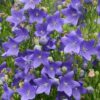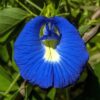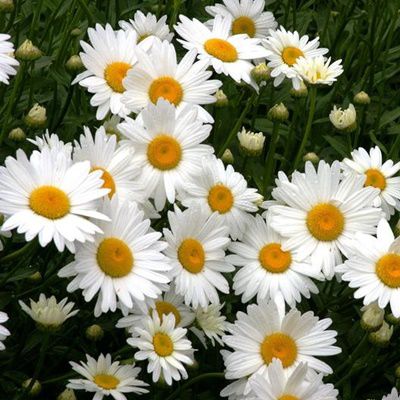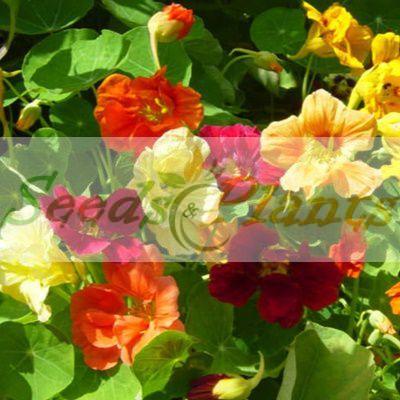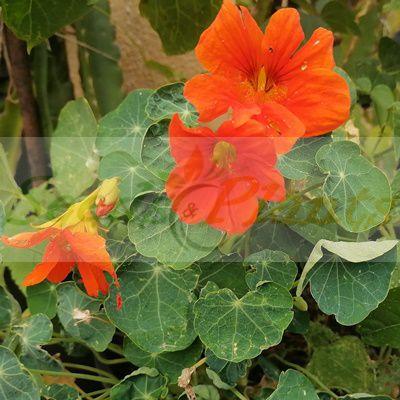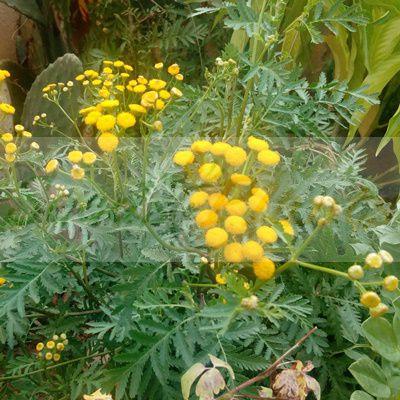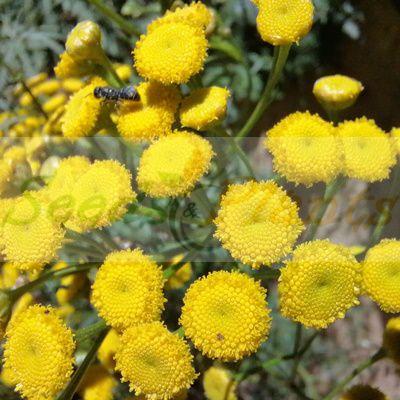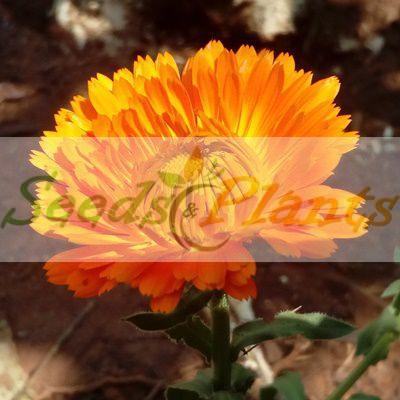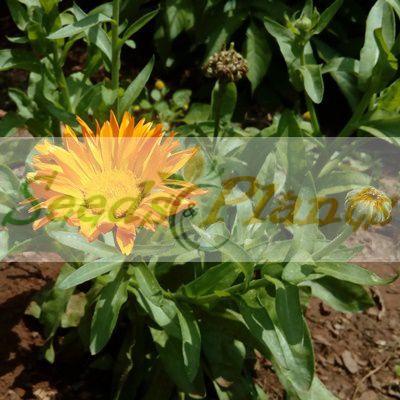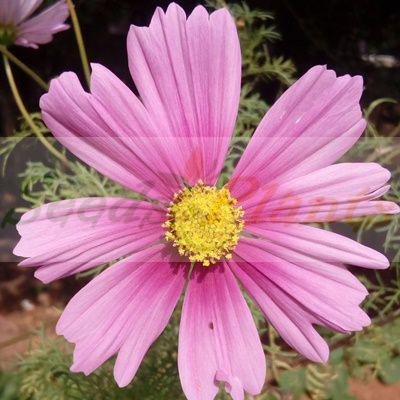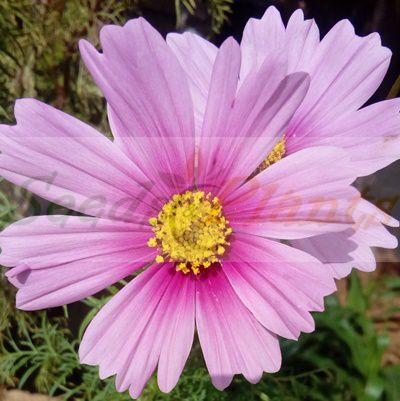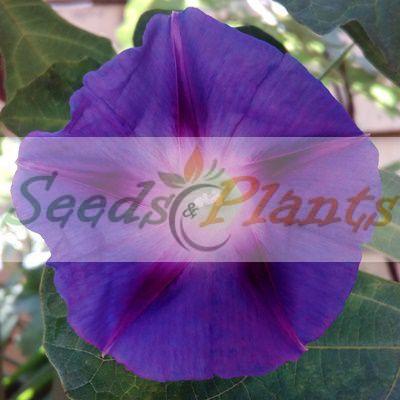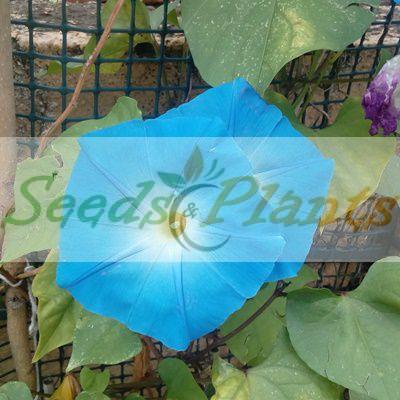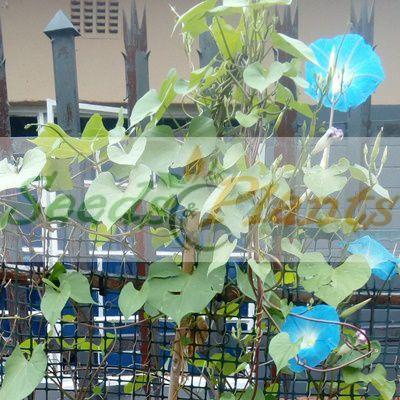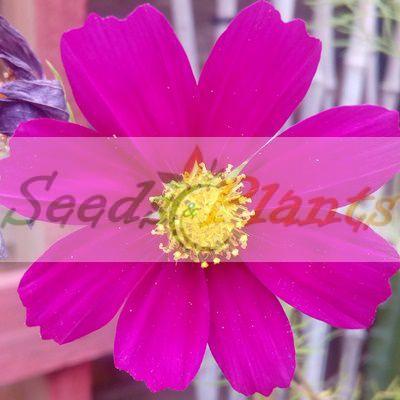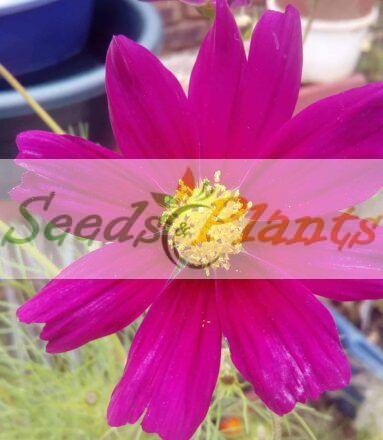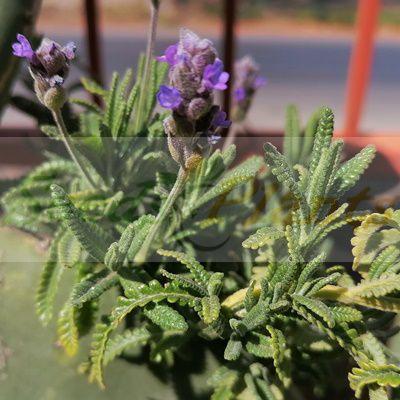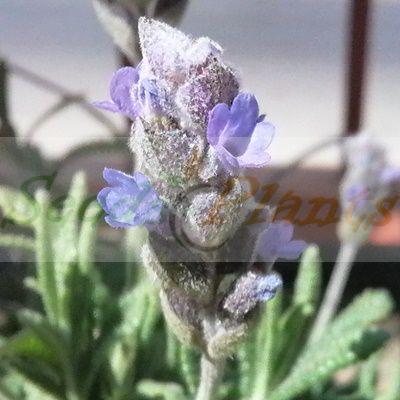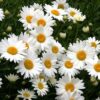🌼 Flower Quick Facts
Flower Info
- 🌸 Flower Color: White
- 🦋 Pollinator Method: Attracts Bees, Attracts Beetles, Attracts Butterflies, Attracts Hoverflies
Growth Traits
- 🌱 Life Cycle: Perennial
- 🌾 Plant Type: Herbaceous Perennial
- 🪴 Growth Habit: Clumping, Upright
Growing Requirements
- 🌞 Sun Exposure: Full Sun, Partial Shade
- 💧 Water Needs: Avoid Overwatering, Moderate Water
- ☀️ Growing Conditions: Cold Tolerant, Frost Tolerant, Heat Tolerant, Moderately Drought Tolerant
- 🟤 Soil Preference: Tolerant of most soils, Well-Drained
Shasta Daisy – Approx 50 Seeds
(Leucanthemum × superbum)
R30.00
Shasta daisies are terrific as cut flowers, as their blooms can last a week or more in arrangements.
Common Names: Shasta Daisy and Marguerite.
Indoor Sowing: Late Winter and Early Spring.
Direct Sowing: Spring and Autumn.
In stock
🌼 Flower Quick Facts
Flower Info
- 🌸 Flower Color: White
- 🦋 Pollinator Method: Attracts Bees, Attracts Beetles, Attracts Butterflies, Attracts Hoverflies
Growth Traits
- 🌱 Life Cycle: Perennial
- 🌾 Plant Type: Herbaceous Perennial
- 🪴 Growth Habit: Clumping, Upright
Growing Requirements
- 🌞 Sun Exposure: Full Sun, Partial Shade
- 💧 Water Needs: Avoid Overwatering, Moderate Water
- ☀️ Growing Conditions: Cold Tolerant, Frost Tolerant, Heat Tolerant, Moderately Drought Tolerant
- 🟤 Soil Preference: Tolerant of most soils, Well-Drained
Shasta Daisy Seeds. Originally it known as Chrysanthemum x superbum, the plant was renamed and is now known as Leucanthemum x superbum. It is a horticultural hybrid developed by American horticulturist Luther Burbank in Northern California in the 1890s. It does not have a single indigenous region because it is not a naturally occurring species.
The cheerful Shasta daisy is a classic perennial. Shasta daisies tend to form clumps that are 2 to 3 feet tall and 1 to 2 feet wide. They bear all-white daisy petals, yellow disk florets, and contrasting glossy, dark green leaves. Shasta daisies are terrific as cut flowers, as their blooms can last a week or more in arrangements.
Common Names: Shasta Daisy and Marguerite.
Growing Shasta Daisies
Indoor Sowing: Late Winter and Early Spring.
Direct Sowing: Spring and Autumn.
- When planting Shasta daisies in the garden, take care to prepare the soil properly. Fertile soil is necessary for the best bloom on Shasta daisy flowers.
- Good drainage is important for the performance of the Shasta daisy as well. While Shasta daisies will take light shade, as opposed to a full sun location, the plants won’t tolerate soggy roots or standing water. Provide appropriate drainage several inches down in the soil.
- Sow Shasta Daisy Seeds in cell packs or flats, press into soil but do not cover. Needs light to germinate.
- Germination averages 14-21 days.
- Can also be direct sown (barely cover) in autumn or spring, in groups of 3-4 seeds spaced 12-24 in. apart.
- Thin to the strongest plant.
- Water during the summer only if rainfall is less than 1 inch per week. Daisies are generally tolerant of dry spells once they are established.
- As flowers fade, deadhead to extend the blooming season.
Disclaimer
Medicinal Information:
All medicinal information on this website is for educational and informational purposes only and may not be construed as medical advice. The information is not intended to replace medical advice or treatment offered by healthcare professionals.
Seeds, Plants, Plant Cuttings, Geophytes and Dried Herbs:
In some countries and provinces, certain plants are deemed as invasive and are not allowed to be planted at all, whilst some plants are allowed to be grown only in certain areas or provinces. The onus is on you as the buyer to familiarize yourself with the regulations pertaining to your location, before purchasing any of our seeds, plants, plant cuttings, geophytes or dried herbs. We will not be held liable, should you purchase any seeds, plants, plant cuttings, geophytes or dried herbs. from us which are prohibited in your country or province.

